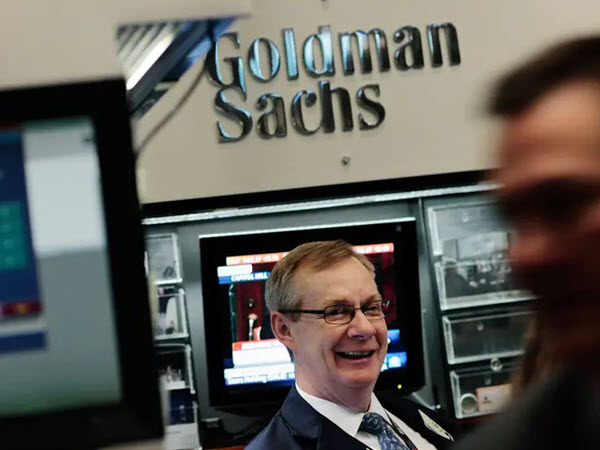
It appears it wasn’t that long ago that the U.S. dollar was not to be questioned, and the ruble and the yuan were in the gutter. Such was the strength of the U.S. dollar that President Trump voiced desires to weaken it against other currencies to give America some trade benefits. Not that long ago, either, the ruble was approaching toilet paper status due to oil price oscillations.
Somehow, we are now inching towards the very opposite. The mighty greenback, despite being the strongest it’s been in a while, has everyone concerned. Nobody needs a lot of convincing to hear out the notions of “dollar hyperinflation” or even “the death of the dollar”. On the other hand sit the ruble and yuan. The first is looking to become a global reserve currency by force, with the second no doubt wanting the same, but perhaps content to simply be in the picture for now.
How did we get here? For as many things are in this brew, it seems very easy to answer that question. The West has too long suffered from an over-reliance: on credit, on faith and the money printers that run on it, on Chinese goods, and most damagingly of late on Russian energy. In what seems like a span of a few hours, Russia used the Ukraine attack to send a message to the West: if you want Russian energy, pay in rubles. And so the ruble went from toilet paper to one of the stronger currencies as of right now. One could argue, certainly the most stable.
Behind every great nation lies a great gold hoard. If Russia and China usurp the U.S. dollar’s status, there is almost no question that it will be done through the use of gold bullion as tender. Unlike the West, neither of these two massive nations have spent the better part of a century convincing themselves that gold is outdated and Modern Monetary Theory is, well, modern.
Just as Russia surprised many with the Ukraine invasion, so too might many be surprised by a bid to place both the ruble and the yuan in the dollar’s place. Russia already said that it views the ruble or gold as money, almost foretelling what it plans on doing. China’s stance doesn’t need repeating.
What do their central bank gold reserves look like, then? For the longest time, we heard how the U.S. gold stockpile of over 8,000 tons makes other nations’ reserves seem negligible. Now, again, it seems we might be in for a surprise. Apparently, in a move that shouldn’t surprise anyone, the U.S. has been leasing out its gold bullion due to storage difficulties. In other words, it’s not “readily available.”
Some of our more dedicated readers will remember that, when China’s official gold hoard figure was 2,000 tons, speculations were rife that it’s closer to 4,000 tons. As it turns out, China could be sitting on 25,000 tons of gold, while Russia could hold a comparatively smaller 12,000 tons.
When push comes to shove, if these two titans make a real bid for the global financial system, how much will faith in the dollar carry it in absence of reserves? Will the U.S. trying to hold onto its position not be akin to Hungary or Poland attempting to usurp the greenback? Indeed, if they did, would we not ask how they expect to become the global reserve with such a small gold hoard?
Alasdair Macleod calls such a development a “financial nuclear event,” and that’s probably not an exaggeration. Virtually every fiat currency on the planet would be re-valued overnight, drastically downwards, while global central banks scramble to recover their gold bullion in an attempt to strengthen their currencies.
If this does indeed happen, well, those who already own gold will be much better off than those who waited too long.







